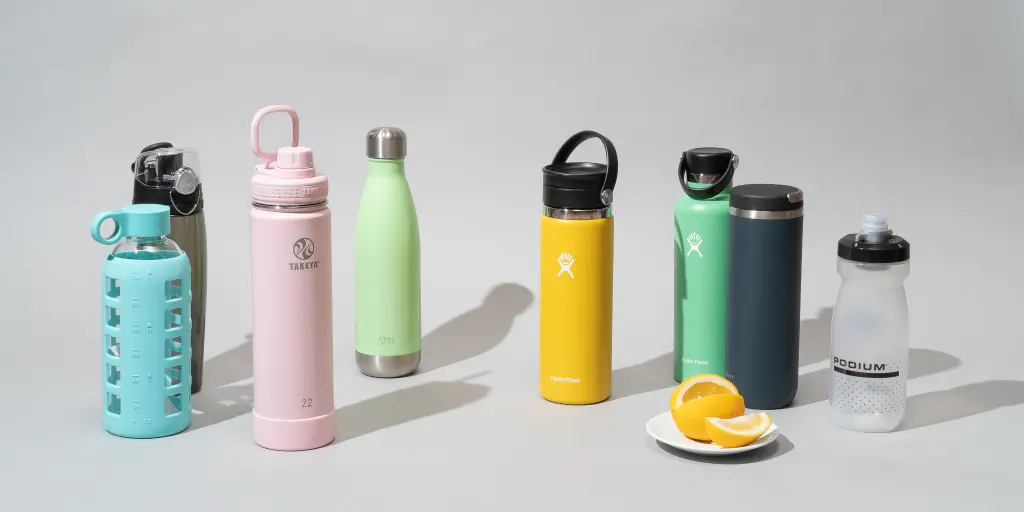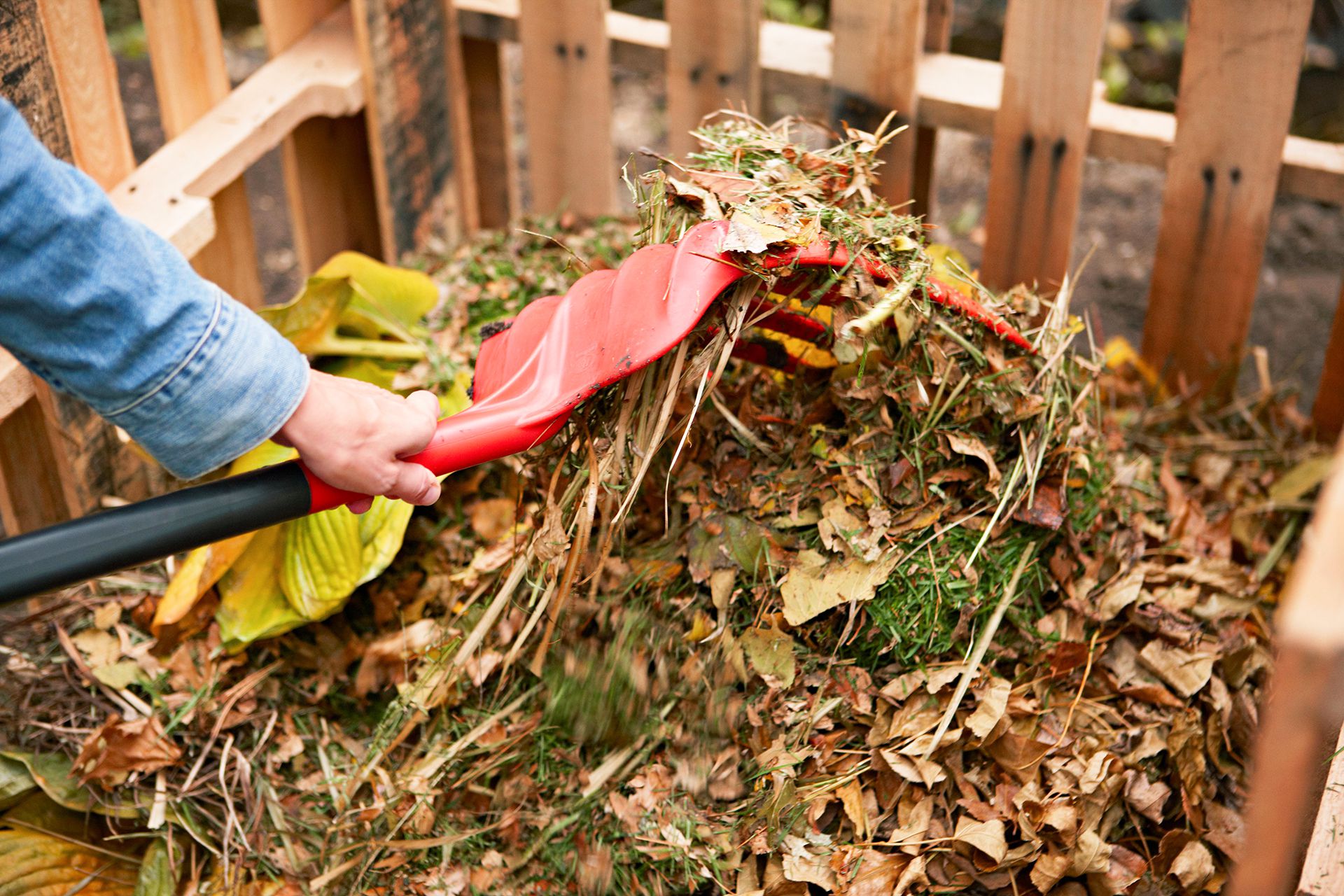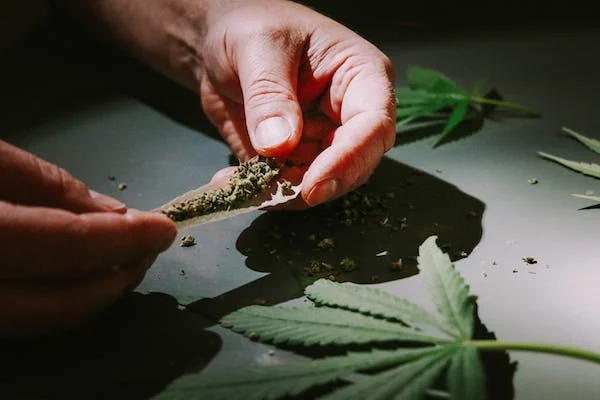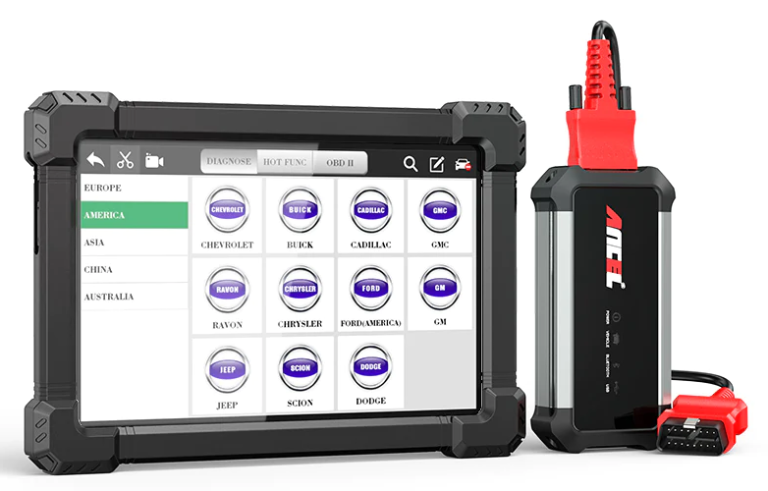The Essential Steps Towards a More Sustainable Lifestyle
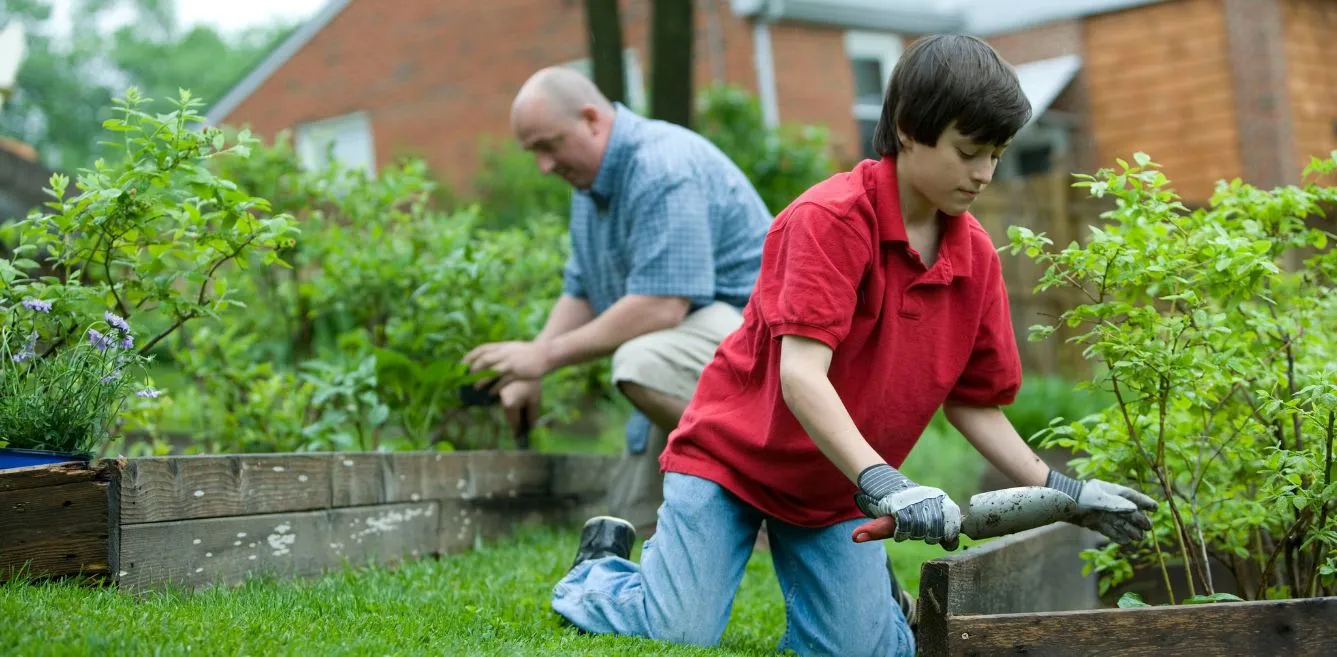
Table of Contents
Environmentalism is becoming increasingly important for members of the general public who want to make sure that they’re doing their part in protecting the planet.
However, it is also a more complex endeavour than many would believe, which entails a complete lifestyle change. That’s the only way to make a difference, and while it’s obvious that you cannot be perfect all the time, you must nonetheless strive towards continuous improvement.
After all, sustainability isn’t just a trend but rather a set of behaviours and habits that aim to support the creation of a healthier planet.
Here are some of the ways you could change your daily routine to support a cleaner world.
Electric
Electric appliances and gadgets are typically far more sustainable than the alternatives. The cars are the most obvious example. They produce no carbon dioxide, meaning that there are no emissions that come with driving the vehicle.
Even though they’re not entirely zero-emission, they are still preferable to cars fuelled by gasoline. There are still some concerning aspects regarding challenges with the charging infrastructure, as well as issues with battery lifespans and range.
Nobody wants to be stuck in the middle of nowhere or on a busy highway because the car stops completely.
Nevertheless, as time passes, the tech and resources will also develop, making electric cars the top choice soon. Electric stoves are not only good for the environment but for your health as well.
Indoor air quality is improved since the electric stove doesn’t emit pollutants like the gas stoves during the cooking process. Nitrogen dioxide and carbon monoxide can cause chronic respiratory complaints such as asthma and exacerbate issues for those who are already ill.
Induction stoves are also easier to manage and clean, and they don’t heat up the entire kitchen when you’re baking or cooking. They’re also more precise.
Electric heating installations are also much simpler and often cheaper to install. There’s no risk of explosion or indoor emissions, and it is, of course, clean and non-toxic for the environment.
Reduce and recycle
Recycling is perhaps the most well-known aspect of sustainability, and it remains a crucial one. Being able to repurpose old materials means there’s less strain on natural resources.
Avoiding to deplete nature of materials and fabrics means less pollution and minimising the risks that come with habitat and biodiversity loss. Make sure that you recycle everything you use, especially the plastic. It is a resilient material that can last hundreds of years in landfills.
However, when it starts to break down, it turns into microplastics that infiltrate water sources and enter the human body. If you run a small business you can use for example a recycling solution such as a cardboard baler to limit the amount of waste you produce.
While their effects are not yet fully understood, it is unquestionable that their effect on health isn’t a positive one. However, recycling isn’t the only important aspect.
You must also reduce the number of items you buy. Becoming a more conscious consumer means that you only shop for things you need or that you are sure you will use.
If an item becomes damaged, you should try to repair it and then, at the end of its lifetime, dispose of it by recycling it instead of just throwing it in the bin.
If you already own a particular item, don’t replace it just because it has become old. As long as something is still fully functional and poses no risks to your health, there’s no point replacing it.
Avoid following trends since they’re typically the ones leading you to buy more than you need. Purchasing things that you’ll only have around for a month or two is unsustainable because a lot of resources went into making the product you’re trying to get rid of almost immediately.
Consequently, you’re also discarding the raw materials, water, paints and labour that went into making the items.
Eco-design
Items made with green approaches in mind are becoming increasingly commonplace as consumers are looking to reduce the tendency of overbuying and are instead trying to focus on quality over quantity.
Naturally, if you already have similar items in your own home, you should continue using them even if they don’t bear the tag of a sustainable brand. Throwing things away when they could still be used for months or even years is always a bad idea.
Tote bags are one of the most prominent examples. They are frequently employed as reusable shopping bags and are known for their versatility and natural charm.
However, a study conducted in the early 2010s by the UK Environment Agency revealed that the average cotton canvas bag should be used about 140 times before it matches the carbon footprint of a disposable plastic bag.
If the plastic one is reused as a bin liner, then the tote must be used roughly 330 times to create an equal carbon footprint.
So, if you like tote bags, make sure you’re ready to use yours for a long time. And remember to take it along when you go shopping, or you’ll be forced to rely on the flimsy, single-use plastic bags more often than not.
Food matters
Although you might be reluctant to adopt a fully vegan diet and lifestyle, becoming more plant-based and moving to a climatarian diet that reduces the amount of meat you’re consuming will have an undeniably positive effect on the environment.
Swapping one serving of beef with chicken once a week saves about 0.71 tonnes of CO2 each year.
You can start experimenting with different tastes and recipes that use more vegetables than animal products, and you might be surprised to discover that you like them just as much, if not more, than the original.
You can also try to incorporate more fish and seafood into your diet. In the UK, you can do this by searching for the Marine Stewardship Council emblem on fish packages.
It is the simplest way to know that the food on your plate is eco-friendly and that there’s no harm to the environment during the production process. All foods, including both fresh and frozen fish, fish fingers and canned seafood, should be checked for the blue tick.
When you visit your local chippy, you can try something a little different than the usual haddock and cod, such as hake, which is typically caught by the domestic fleet.
Becoming more sustainable doesn’t involve making life-altering changes to your daily routine. Small things count very much, but you need to remain consistent.

